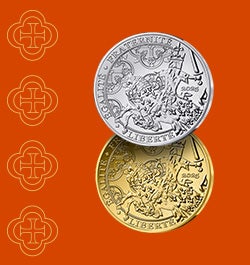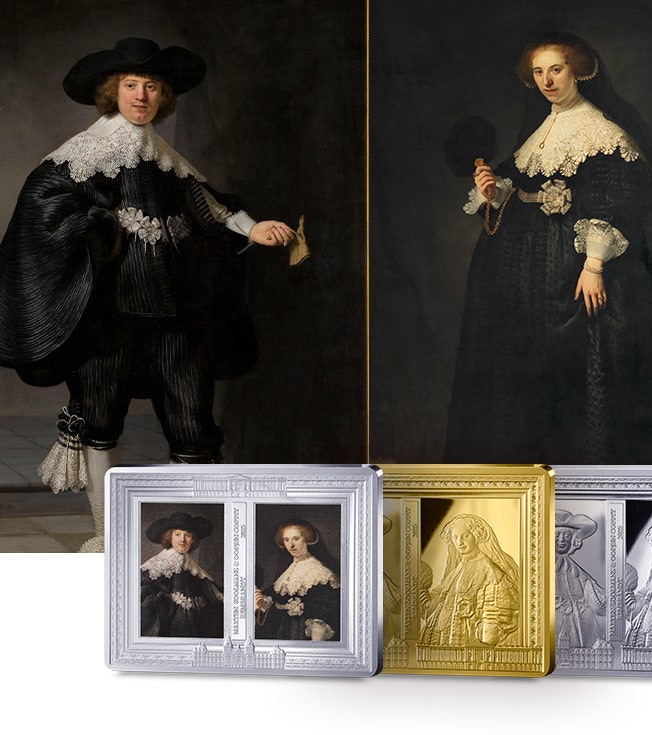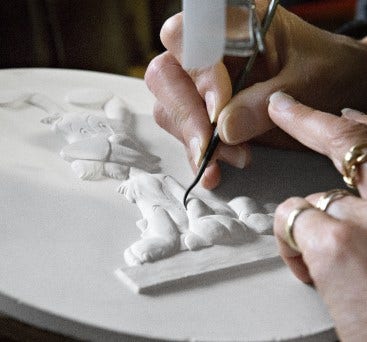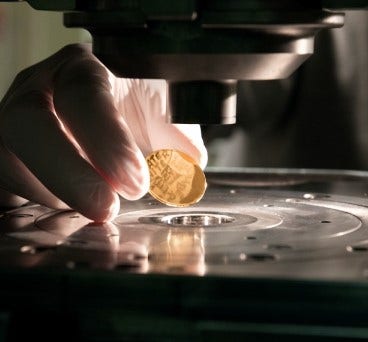The history of the Louvre began in 1190, under the reign of
Philippe Auguste.
At the
time, it was a military establishment, protecting Paris from invasion. Over
the centuries, the Louvre was transformed into a royal residence, notably under
Francis Ist, who undertook major works to turn it into a sumptuous palace. It
was only after the French Revolution, in 1793, that it became a museum open to
the public, housing a collection of works of art for the people.
Today, its collections, among the finest in the world, span
several millennia and a territory that stretches from America to the frontiers
of Asia. It is also the most visited museum in the world, with no fewer than
8.9 million visitors in 2023. The museum’s most famous works include the Mona
Lisa, the Venus de Milo, the Crouching Scribe, the Victory of Samothrace and
the Code of Hammurabi.
The obverse of this coin entitled Musée du Louvre depicts
Perrault's Colonnade, the Eastern façade of the building overlooking the church
of Saint-Germain-l'Auxerrois. This exterior façade is inserted of the museum's
layout, in which the RF, the yeardate and the hallmarks are placed. In the back,
the Louvre pyramid stands out from its structure, which covers the background
of the coin.
Of all the
masterpieces in the Louvre's collections, four are featured on the packaging of
these four BU denominations: Amour et Psyché à demi couché, the Venus de Milo,
the Victoire de Samothrace et the Mona Lisa.
The
coincard is a sealed card in credit card format.











